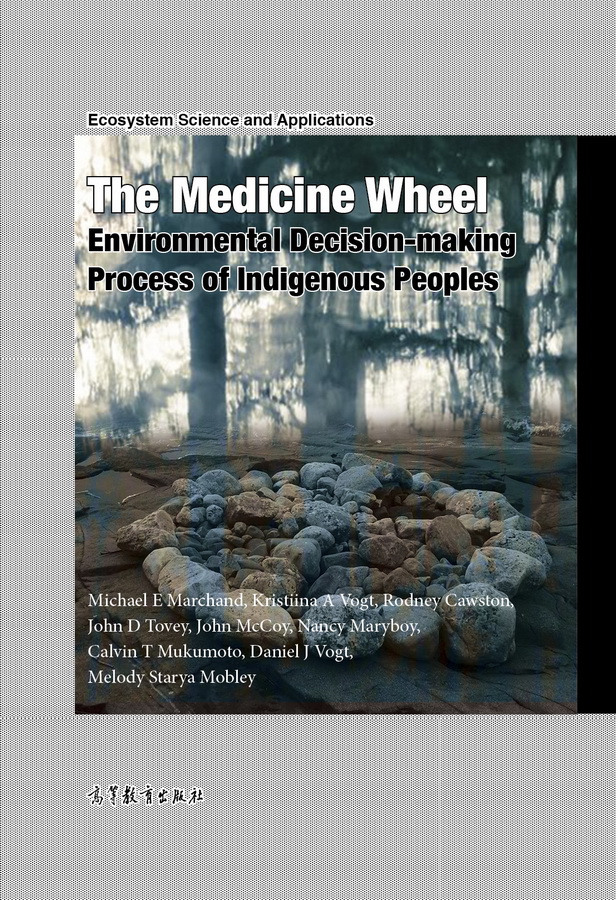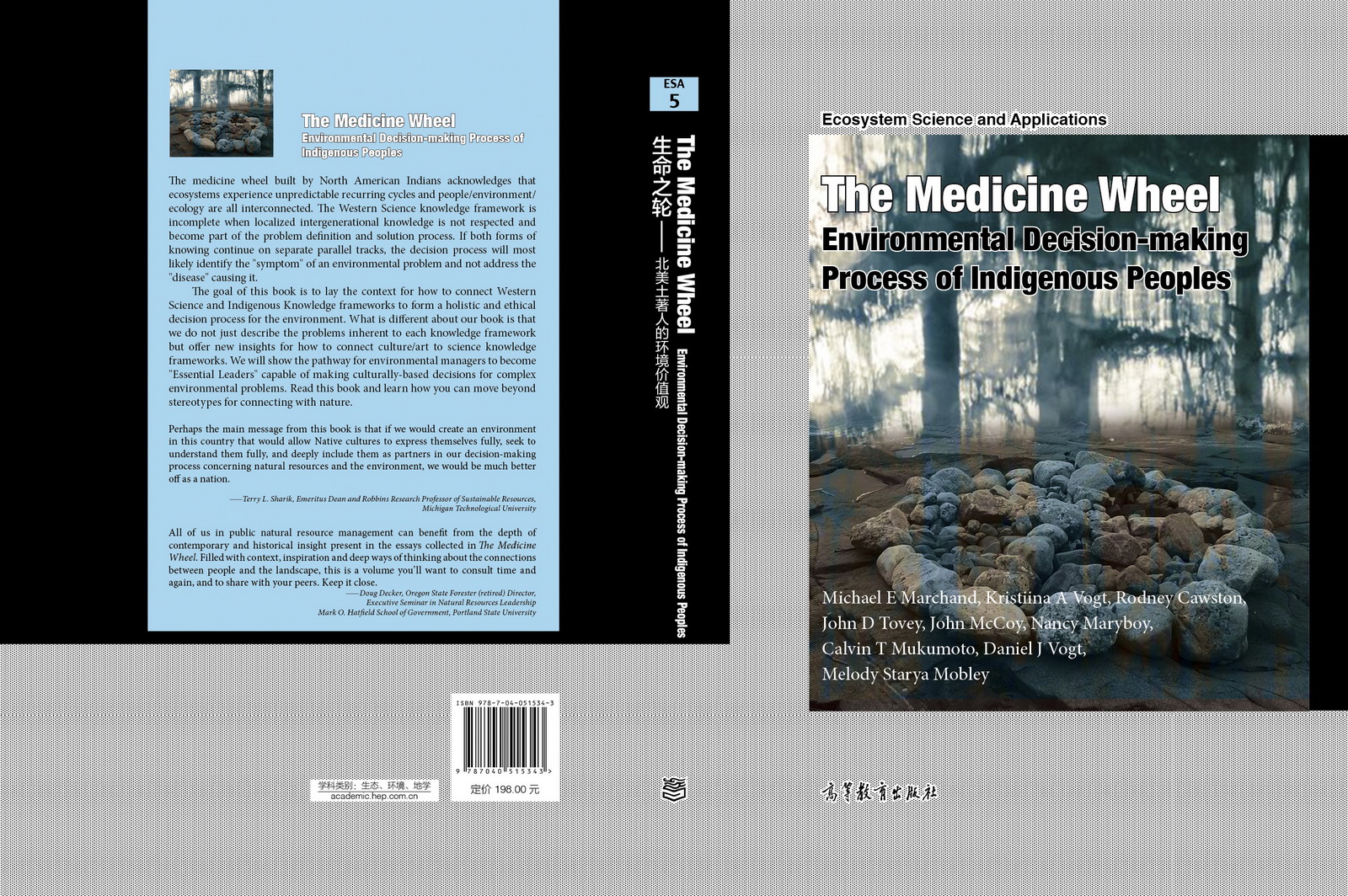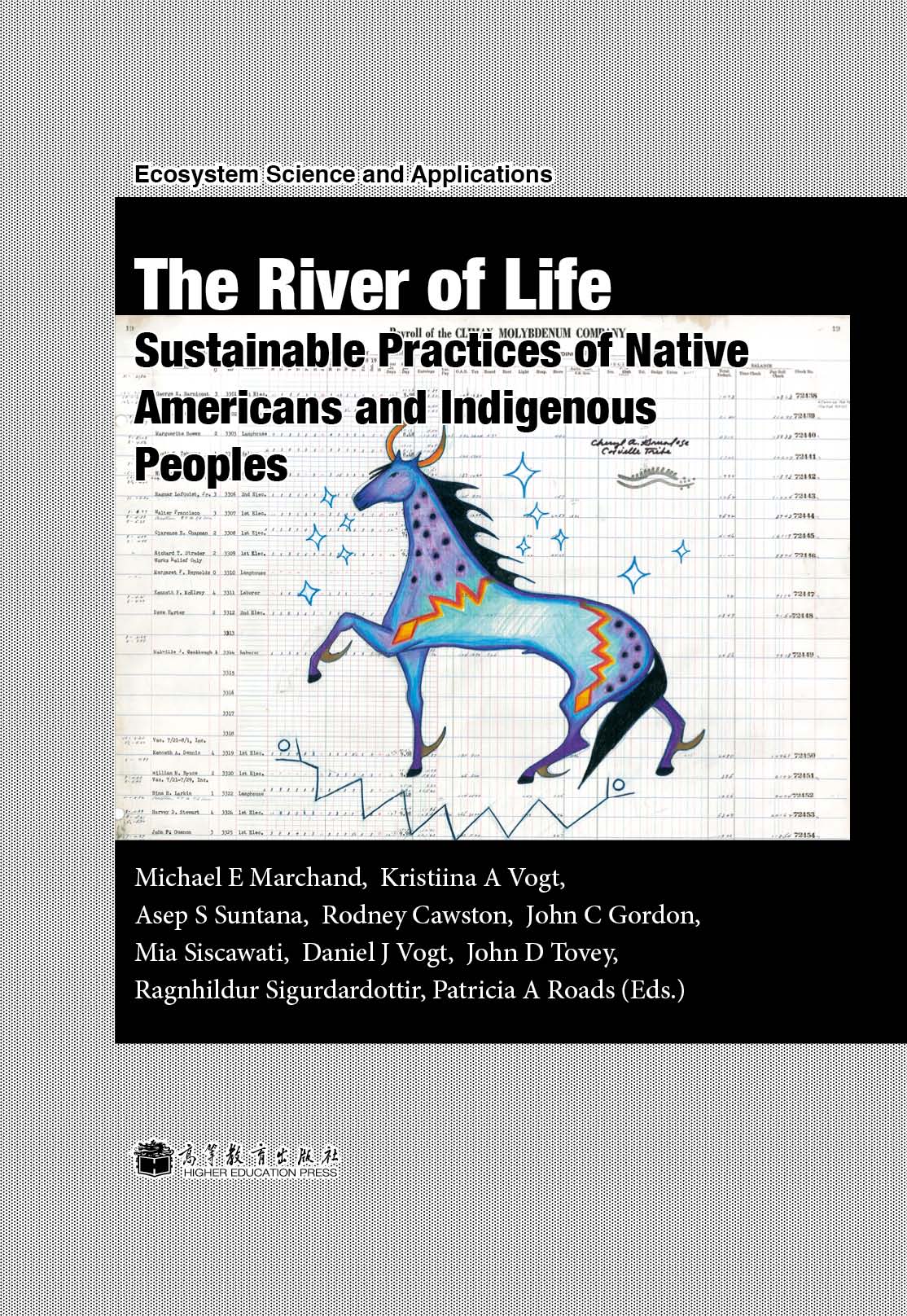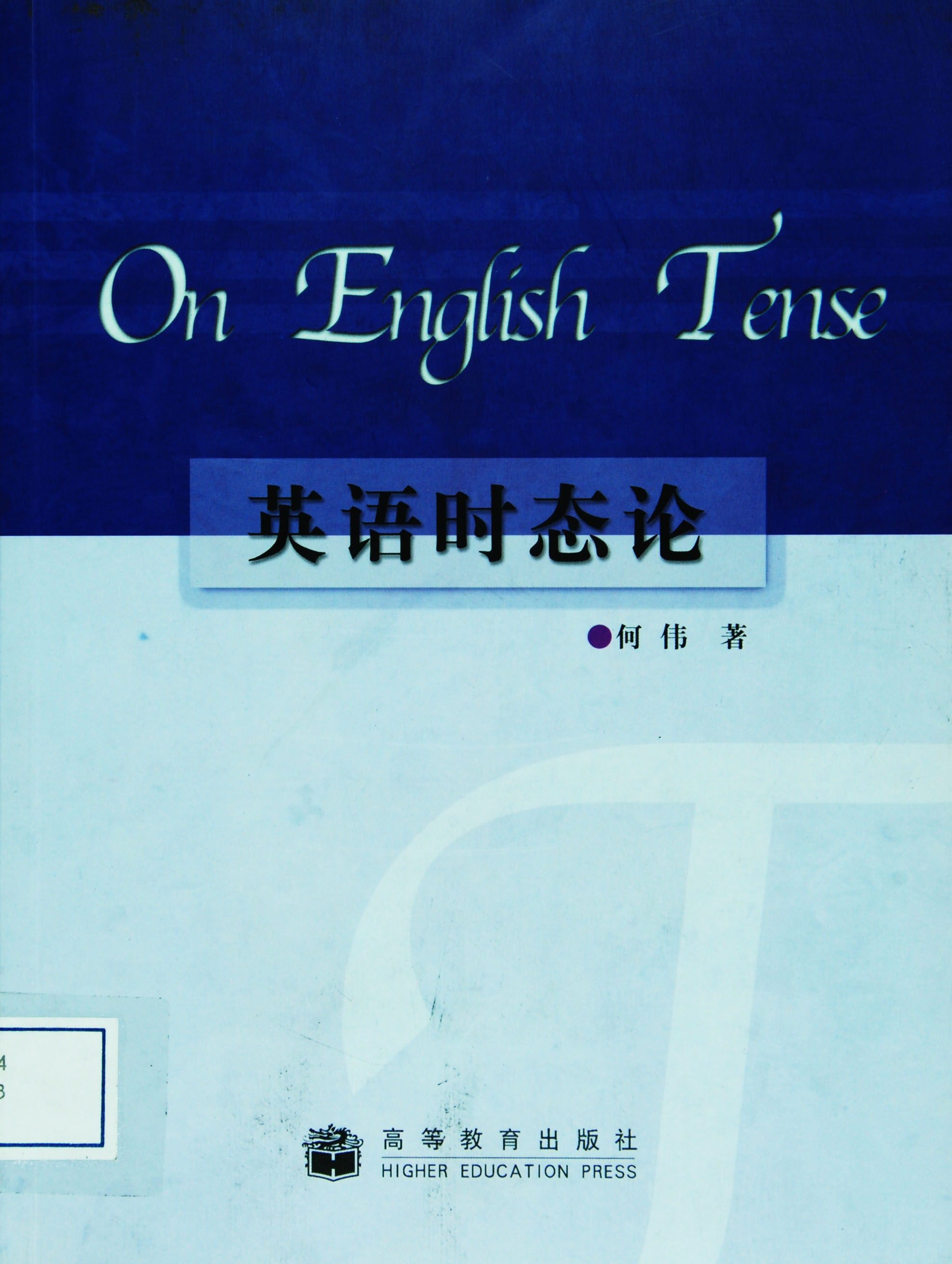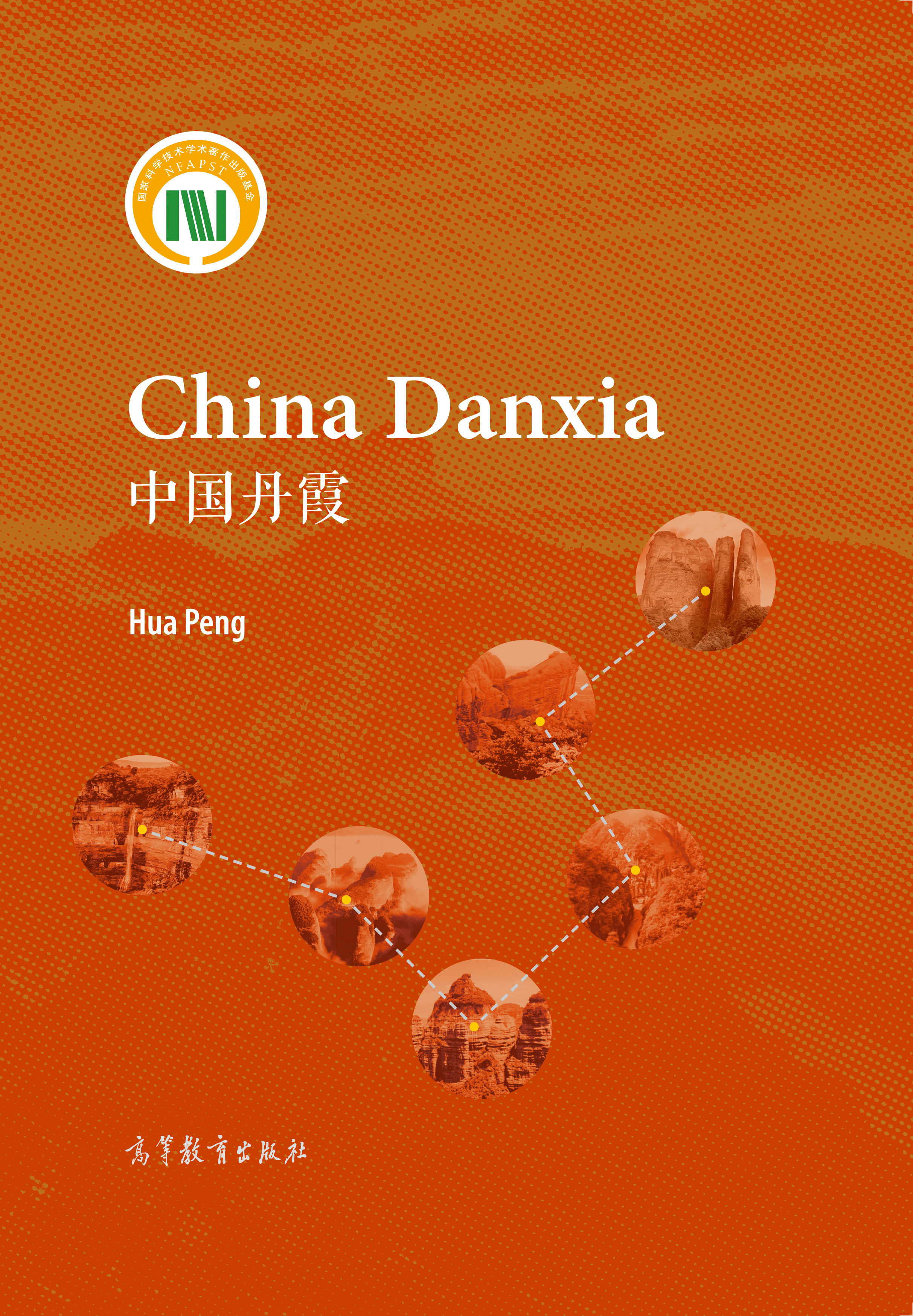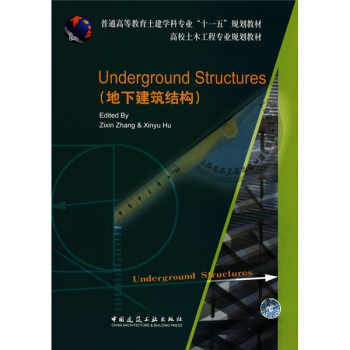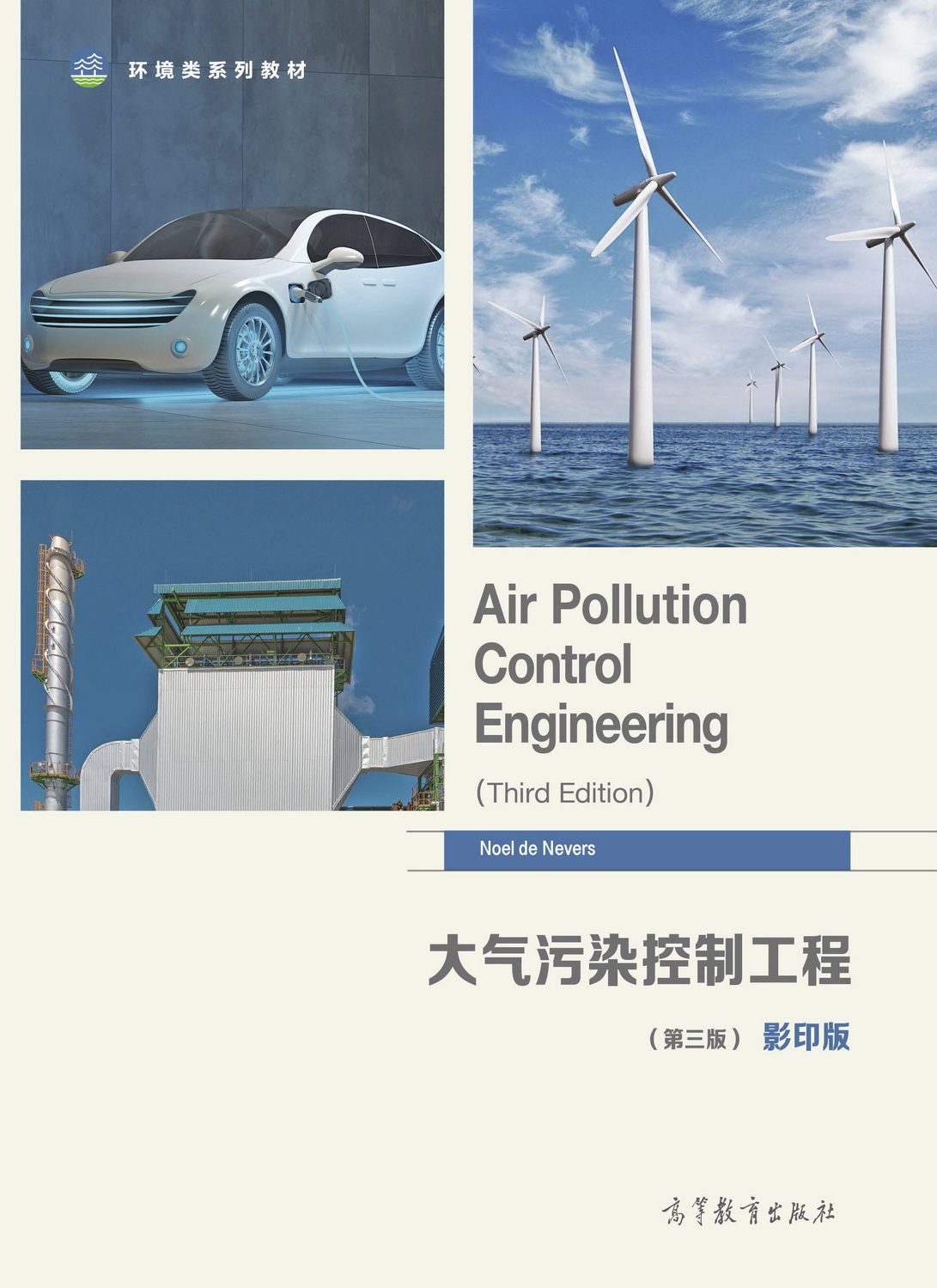生命之轮:北美土著人的环境价值观
作者: Michael E.Marchand等
出版时间:2019-04
出版社:高等教育出版社
- 高等教育出版社
- 9787040515343
- 1版
- 238794
- 48266374-7
- 精装
- 16开
- 2019-04
- 620
- 468
- 农学
- 自然保护与环境生态类
- 生态、环境类
- 研究生及以上
Front Matter
Chapter I Indigenous Knowledge Framework and the Medicine Wheel
1.1 Bighorn Medicine Wheel Story
1.2 The Medicine Wheel: Non-linear Knowledge-forming Process
Chapter II What Is Needed to be a “Leader without Borders”?
2.1 My People’s 9,400 Year Ancestral History
2.2 Becoming a “Leader without Borders”: Interview of Dr. Mike Marchand
Chapter III How Do You Become “Cultured”?
3.1 Western European Culture: You Live it, You Wear it and You Eat it
3.2 Culture According to Indigenous People
3.2.1 Cultural Resources Defined by Tribes
3.2.2 What Is a Cultural Resource?
3.3 Keeping Deep Culture in TwoWorlds: Interview of ke Tulee
3.4 Culture Defined by Nation-Level Melting Pots
3.5 Tribal Peoples’ Cultural Context: Interview of JD Tovey
3.6 Cultural Foods and Food Security
3.6.1 Loss of Food Security: Chemical Contamination
3.6.2 Loss of Huckleberries and Tribal Culture: Interview of JD Tovey
3.6.3 Skokomish Litigation for Rights to Hunt by Indian Tribes
3.7 Holistic Nature Knowledge not Decoupled from Nature and Religion
3.8 Languages and Indigenous People
3.9 What Is Your Real Name? Dr. Mikes Wolverine Encounter
3.10 Sports and Games Invented by American Indians
Chapter IV Western Science 6= Indigenous Forms of Knowledge
4.1 Knowledge-forming Processes: Western Science 6= Indigenous Ways of Knowing
4.2 How Knowledge Frameworks Address Scarcity of Land or Lack of Knowledge
4.3 The Challenge of Culture for Western Scientists
4.4 Traditional Knowledge: Native Ways of Knowing
4.4.1 How Indigenous People Form Knowledge
4.4.2 Indigenous Ecological and Spiritual Consciousness
4.4.3 Ecological Calendars in Nature Literacy
4.5 Juxtaposition of Western and Traditional Knowledge
4.6 Who Are Trusted for Their Science Knowledge?
4.6.1 How Citizens of the Western World Get Their FACTS
4.6.2 How Native Americans Get Western Science FACTS
4.7 Women’s Role in Passing Indigenous Knowledge Inter-Generationally: Interview of JD Tovey
4.8 Role of Environmental Economics in Environmental Justice
4.8.1 Natural Capital versus Cultural Values
4.8.2 Makah Tribe’s Cultural Revitalization: Whaling
4.8.3 Lower Elwha Klallam Tribe’s Dam Removal
4.8.4 Restructuring Environmental Economics to be More Inclusive of Environmental Justice
4.8.5 Special Acknowledgements
Chapter V Forestry Lens: Culture-based Planning and Dealing with Climate Change
5.1 PNW U.S. Tribes and Leadership in Climate Change Planning
5.2 Tribes, Tribal Resources and Forest Losses
5.2.1 Historical Loss: Manifest Destiny and Loss of Forests
5.2.2 Fire Cause Loss of Forests, Cultural Resources and Timber from a Shrinking Land Base
5.3 Today Better Forest Management on Tribal Lands Compared to Their Neighbors
5.3.1 Good Tribal Forestry under Federally Mandated Assessments (IFMAT): Interview of Dr. John Gordon
5.3.2 Tribal Forestland Management: A Growing Force in the PNW U.S.
5.4 Realities in Developing Resources on Reservations
5.4.1 Making Business Decisions: Interview of Cal Mukumoto and Dr. Mike Marchand
5.4.2 Challenges: A Boom? or a Dis-economy of Scale for Tribes?
Chapter VI Tribes, State and Federal Agencies: Leadership and Knowledge Sharing Dynamics
6.1 Tribal/Federal/State Cultural Resource Policy
6.2 Tribes and Washington State
6.2.1 Washington State Policy Process and Tribes: Interview of John McCoy
6.2.2 Washington Department of Natural Resources and Tribes: Interview of Rodney Cawston
6.3 Alaska Natives, Conservation and Policy Process
6.3.1 Alaska Native Perspectives on the Governance of Wildlife Subsistence and Conservation Resources in the Arctic
6.3.2 Partnership — A Role for Nonprofits and Agencies in Conservation of Native Lands in Alaska
6.4 Federal Agency and Tribes: Continuing Challenges to Tribal Rights
6.4.1 Indigenous People’s Role in National Forest Planning
6.4.2 USDA Forest Service Use of Culture in Land and Resource Management Planning Decisions
6.4.3 Working as an Individual within a Federal Corporate Culture
6.5 Inter-Tribal Collaborations: Increase Tribal Role in Natural Resource Planning
6.5.1 The Water Protectors: Protest at Standing Rock
6.6 Intra- and Inter-Governmental Affairs and Public Policy Process
6.6.1 Preface
6.6.2 Intra- and Inter-Governmental Affairs and Public Policy Process
Chapter VII Native People’s Knowledge-Forming Approaches Needed for Nature Literacy to Emerge among Citizens
7.1 Why We Need New Education Tool for Nature Literacy for the Masses
7.2 Massive Amounts of Fragmented Data in STEM Sciences
7.3 Critical Analysis Lacking in Environmental Education
7.4 Native People’s Storytelling Practices to Communicate Holistic Science
Chapter VIII Learning Indigenous People’s Way to Tell Circular Stories
8.1 Technology to Digitize Stories Part of Popular Culture
8.2 Digital Technologies Part of Popular Culture
8.3 Challenges in Communicating and Telling Circular Stories
8.3.1 Science Literacy Needs to be Circular and Not Linear
8.3.2 Science Literacy Is an Information Problem
8.3.3 Indigenous Stories Are Not Linear but Cultural and Transdisciplinary Science Knowledge
8.4 Digitizing Native Stories without Pickling Culture: Interview of JD Tovey
8.5 Stories in Navajo Lands
Chapter IX Medicine Wheel: Moving beyond Nature, People and Business Stereotypes
9.1 When I Was a Young Boy
9.2 Communicating Indigenous Knowledge to the Masses
9.3 Medicine Wheel and Not Case Studies
9.4 “Fictional Tribe” as an Educational Tool to Teach How to Form Holistic Knowledge
References
Index

